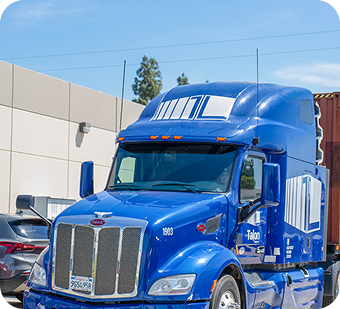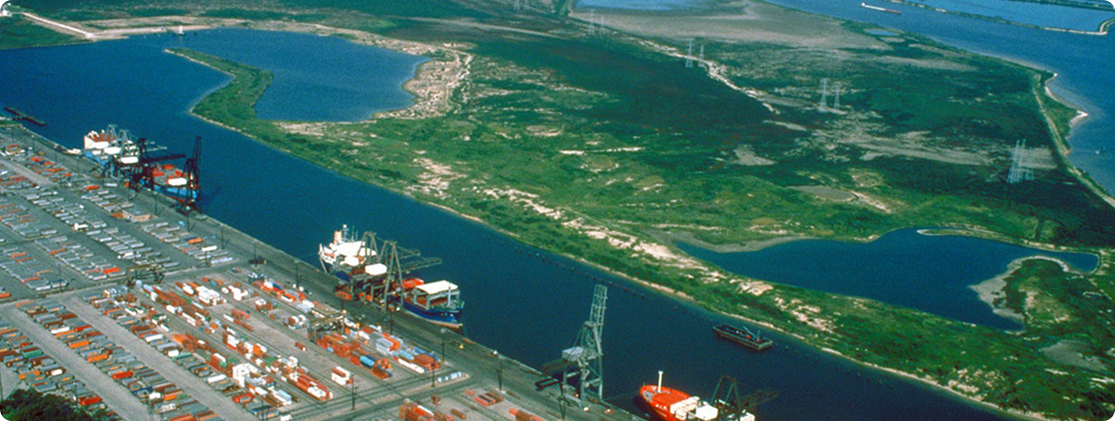LOCATION
Houston
Houston
The San Pedro Complex, made up of the Port of Los Angeles and Port of Long Beach, is the largest port complex in the US, accounting for nearly 40% of goods imported annually through its 13 terminals.
See below for a documentary that Talon worked with FreightWaves to create showing the improvements, emissions reductions initiatives, and overall readiness of the nation’s premier port complex.
Talon has 30 trucks, including 10 ZEVs, along with 7 acres of storage yards to serve the needs of customer shipping through Houston

The Port of Houston: A Gulf Coast Giant
The Port of Houston, located on the Gulf Coast of Texas, is one of the busiest ports in the United States. It's a major hub for international trade, particularly for energy products, agricultural goods, and manufactured goods. Nearly 5 million container pass through Houston each year.

Key Features of the Port of Houston:
- Strategic Location: Situated on the Gulf Coast, Houston offers convenient access to major markets in the Midwest and Southeast.
- Deep-Water Channels: The port's deep-water channels allow it to accommodate large vessels, including oil tankers and container ships.
- Intermodal Connectivity: The port is well-connected to the national rail and highway network, facilitating efficient transportation of goods.
- Diverse Cargo Handling: The port handles a wide range of cargo, including crude oil, refined petroleum products, agricultural products, and containerized goods.
- Strong Economic Impact: The port is a major economic driver for the state of Texas and the region.
